Home>Garden Essentials>What Indian Group Practiced Crop Rotation
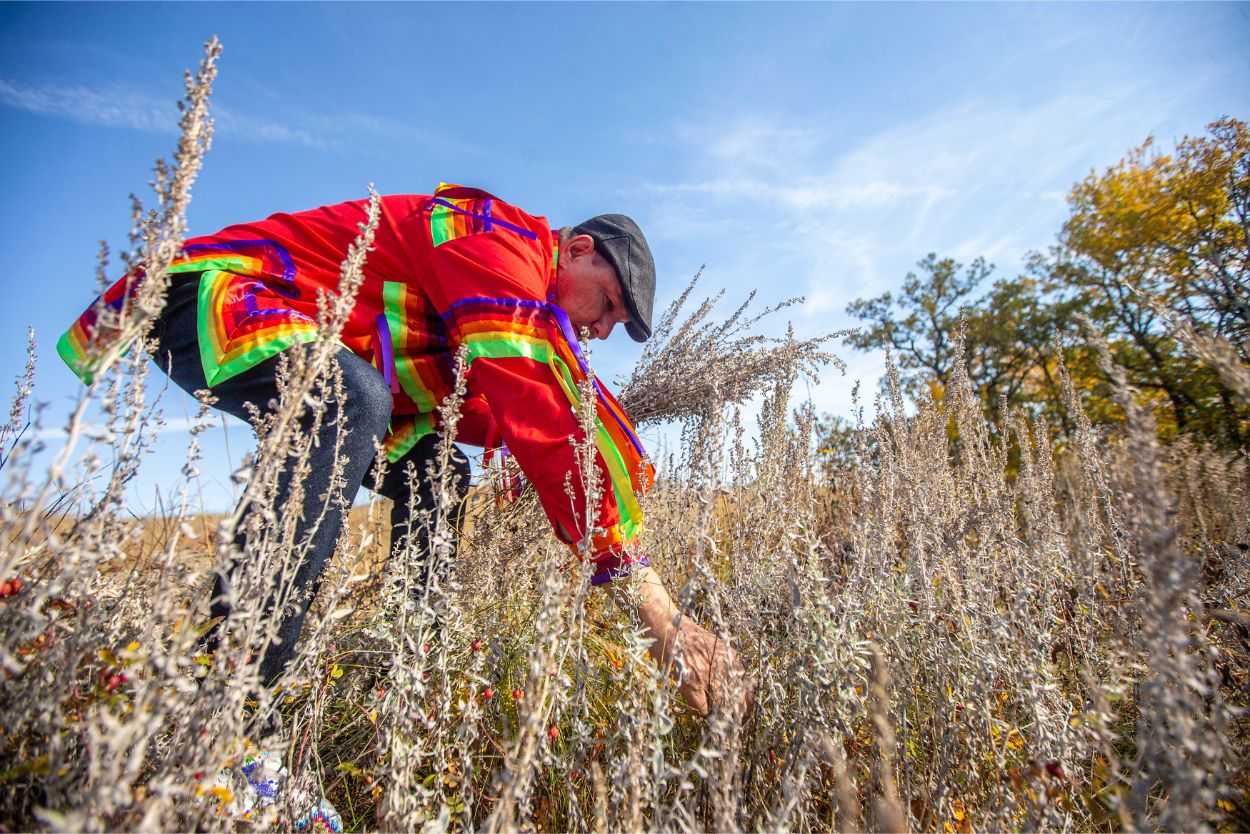

Garden Essentials
What Indian Group Practiced Crop Rotation
Modified: March 15, 2024
Learn about the traditional farming technique of crop rotation practiced by various Indian groups to promote healthy gardens and sustainable agriculture.
(Many of the links in this article redirect to a specific reviewed product. Your purchase of these products through affiliate links helps to generate commission for Storables.com, at no extra cost. Learn more)
Introduction
Indian agriculture has a rich history dating back thousands of years. The ancient Indians were pioneers in various agricultural practices, including the innovative technique of crop rotation. Crop rotation is a method where different crops are grown in a specific sequence on the same land over a period of time. This practice helps replenish the soil, control pests and diseases, and improve overall crop yield.
Ancient Indian agriculture was deeply rooted in the principles of sustainability and ecological balance. The farmers of that time understood the importance of maintaining the fertility of the land and were keen on preserving it for future generations. They devised various methods to achieve this, and crop rotation was one such technique that played a significant role.
Throughout this article, we will delve into the fascinating world of crop rotation and explore how it was implemented in ancient India. We will discover the different crops that were rotated, the specific strategies employed, and the numerous benefits it brought to agricultural productivity.
Join us on this journey as we unravel the secrets of ancient Indian agriculture and gain insight into the wisdom of our ancestors in harnessing the power of crop rotation.
Key Takeaways:
- Ancient Indian farmers practiced crop rotation by alternating between cereals and pulses, oilseeds and fiber crops, and even aquatic plants. This helped maintain soil fertility and control pests naturally.
- Crop rotation in ancient India improved soil fertility, controlled pests naturally, conserved water, reduced soil erosion, and promoted biodiversity. It showcased the wisdom of farmers in maximizing yields while caring for the land.
Read more: Why Do Farmers Practice Crop Rotation
Definition of Crop Rotation
Crop rotation is a farming practice that involves growing different crops in a specific sequence on the same piece of land over a period of time. It is a systematic approach in which the crops are carefully selected and rotated to maximize the productivity of the soil, maintain its fertility, and minimize the occurrence of pests and diseases.
The fundamental principle behind crop rotation is to avoid continuous cultivation of the same crop on a single piece of land. Instead, the farmer alternates between different crops each growing season, allowing for a diverse range of plant species to be cultivated.
The choice of crops for rotation is based on several factors, including their nutrient requirements, growth patterns, and the specific benefit they bring to the soil. For example, leguminous crops such as beans, peas, and lentils, are often included in rotation cycles due to their ability to fix atmospheric nitrogen, thereby enriching the soil with this essential nutrient.
Crop rotation also involves careful planning of the order in which the crops are grown. This sequencing ensures that the soil is replenished and pests and diseases are controlled. For instance, a crop that is susceptible to a certain pest or disease may be followed by a crop that is resistant to the same, reducing the risk of a major outbreak.
The duration of each crop in the rotation cycle may vary depending on the specific requirements and growth characteristics of each plant. Some crops may only be grown for a single season, while others may span multiple seasons. This flexibility allows farmers to tailor their rotation cycles to suit their specific needs and maximize the benefits.
Overall, crop rotation is a time-tested agricultural practice that has been used for centuries to promote sustainable farming, maintain soil health, and improve crop yields. Its benefits extend beyond the immediate growing season and contribute to the long-term ecological balance of the land.
Ancient Indian Agriculture
Agriculture has been an integral part of Indian civilization for thousands of years. Ancient Indians had a deep understanding of nature’s cycles and seasons, which helped them develop advanced farming techniques. Their agricultural practices were sustainable, based on the principles of harmony with nature and the utilization of available resources.
Ancient Indian agriculture thrived on the banks of rivers like the Indus, Ganges, and Saraswati, which provided fertile soil and a reliable water source. These rivers were crucial to the success of agriculture in the region, and farmers developed sophisticated irrigation systems to efficiently utilize the water for cultivating crops. The Indus Valley Civilization, one of the world’s earliest urban civilizations, is a testament to the agricultural prowess of ancient Indians.
The ancient Indian farmers utilized a variety of crops in their agricultural activities. They cultivated staple crops such as rice, wheat, barley, millets, and lentils, which formed the foundation of their diet. In addition to these, they also grew a wide range of fruits, vegetables, spices, and medicinal plants. The diversity of crops ensured a balanced diet and provided both sustenance and economic prosperity.
The farming methods employed by ancient Indians were ingenious and sustainable. They practiced organic farming, utilizing natural fertilizers like cow dung and compost to enrich the soil. Crop residues were used as mulch to conserve moisture and suppress weed growth. In regions where the soil was less fertile, farmers implemented techniques like mixed cropping and intercropping to maximize productivity.
In ancient India, farming was not limited to food crops alone. Silk farming thrived in the southern region, where farmers reared silkworms on mulberry trees to produce high-quality silk. Cotton cultivation was also prevalent, with cotton being spun into yarn and used to weave textiles.
Ancient Indian agriculture was closely linked to spirituality and religious practices. The concept of “Sasya Sampada,” or the wealth of crops, was revered, and prayers and rituals were conducted to appease the gods and seek their blessings for a bountiful harvest. This connection between agriculture and spirituality reflected the deep understanding and respect ancient Indians had for the role of nature in their lives.
The knowledge and wisdom of ancient Indian agriculture have been passed down through generations. Even in modern times, Indian farmers continue to draw inspiration from these practices, incorporating traditional wisdom with modern advancements to achieve sustainable and productive farming methods.
Ancient Indian agriculture stands as a testament to the ingenuity, resourcefulness, and profound connection to the land that characterized the ancient Indian civilization. It is a valuable heritage that serves as a guiding light for farmers around the world in their pursuit of sustainable and environmentally conscious agriculture.
Crop Rotation Practices in Ancient India
Crop rotation was an integral part of ancient Indian agriculture, and farmers employed various practices to maximize the productivity of their land. The specific crop rotation techniques used in ancient India varied across different regions and time periods, but some common practices emerged.
One popular method was the rotation of cereals and pulses. This involved alternating the cultivation of cereal crops like rice, wheat, barley, and millets with leguminous pulses such as lentils, chickpeas, and mung beans. Cereals deplete the soil of nitrogen, while legumes have the ability to fix atmospheric nitrogen and enrich the soil. By alternating between these two types of crops, farmers ensured that the soil remained fertile and well-nourished.
In some regions, a three-field rotation system was practiced. In this method, one-third of the land was dedicated to winter crops like wheat or barley, one-third to summer crops like rice or millets, and the remaining third was left fallow or used for grazing. The fallow period allowed the land to rest and regenerate its nutrients, ensuring sustained productivity in the long run.
Another common practice was the cultivation of oilseeds and fiber crops after the harvest of food grains. Oilseeds such as sesame, mustard, and linseed were grown for their oil-rich seeds, which were used for cooking, lamps, and various other purposes. Fiber crops like cotton and jute were cultivated for their fibers, which were spun into thread and woven into textiles. Growing these crops after the harvest of food grains ensured a continuous utilization of the land throughout the year.
Agricultural manuscripts from ancient India also mention the concept of “bol bhoomi,” which involved the cultivation of root crops like sweet potatoes, yams, and radishes. These crops were planted in barren lands or low-fertility areas, and their deep roots helped break the compacted soil, making it more suitable for future cultivation.
Crop rotation in ancient India was not limited to land-based farming alone. In regions near water bodies, farmers practiced aquatic crop rotation. They grew a variety of aquatic plants, including lotus, water chestnuts, and water spinach, in rotation cycles. These aquatic crops not only provided food but also helped in maintaining the ecological balance of wetlands and contributed to the overall sustainability of the farming system.
Furthermore, ancient Indian farmers understood the importance of natural pest control in crop cultivation. They would intersperse aromatic herbs and flowers, such as marigold, coriander, and neem, among the crops to repel pests and insects. This practice not only helped protect the crops but also added aesthetic value to the farming landscape.
Overall, the crop rotation practices in ancient India were a testament to the innate wisdom and knowledge of the farmers of that time. They recognized the importance of maintaining soil fertility, diversifying crop production, and utilizing available resources wisely. These practices have laid the foundation for sustainable agriculture and continue to inspire modern farmers to adopt similar techniques for a more resilient and productive farming system.
Benefits of Crop Rotation in Ancient India
The practice of crop rotation in ancient India had numerous benefits that contributed to the sustained productivity and ecological balance of agricultural lands. Let’s explore some of the key advantages farmers gained from implementing crop rotation techniques:
Read more: What Was Crop Rotation?
Improved Soil Fertility:
Crop rotation played a crucial role in maintaining soil fertility. By alternating between crops with different nutrient requirements and growth patterns, farmers ensured that the soil was replenished and key nutrients were not depleted. The inclusion of leguminous crops in rotation cycles, which have the ability to fix atmospheric nitrogen, helped enrich the soil with this essential nutrient, reducing the need for synthetic fertilizers.
Natural Pest and Disease Control:
Crop rotation helped control pests and diseases naturally. By changing the crop planted in a particular field, farmers disrupted the life cycles of pests and reduced the buildup of pathogens in the soil. Different crops have varying levels of susceptibility to specific pests and diseases, so by rotating crops, farmers minimized the risk of widespread outbreaks. Additionally, the intermingling of aromatic plants with crops provided a natural deterrent to pests and insects.
Water and Resource Management:
Crop rotation aided in efficient water and resource management. Certain crops have deeper root systems that help improve soil structure and break up compacted soil, allowing better water infiltration and preventing water runoff. This helps conserve water and maximizes its utilization for crop growth. Additionally, crop rotation allowed farmers to make optimal use of available resources by diversifying their harvests and reducing dependency on a single crop for sustenance.
Reduced Soil Erosion:
Crop rotation practices helped prevent soil erosion. Different crops have varying levels of root strength and structure, with some having deeper and more extensive root systems. By rotating crops, farmers ensured that the soil was held together by the roots of different crops throughout the year, reducing the risk of erosion caused by wind and water. This helped maintain the integrity of the land and prevented nutrient-rich topsoil from being washed away.
Read more: What Is Crop Rotation Strip Cropping
Enhanced Biodiversity:
Crop rotation promoted biodiversity in agricultural lands. By cultivating a diverse range of crops, farmers provided habitats for various beneficial insects, birds, and other wildlife. This biodiversity helped maintain a natural balance within the ecosystem, with different organisms playing specific roles in pollination, pest control, and nutrient cycling. The presence of diverse crops also helped preserve traditional agricultural knowledge and genetic biodiversity.
These benefits of crop rotation in ancient India speak to the sustainable and holistic approach of the farmers of that time. Their wisdom in harnessing the power of crop rotation not only ensured abundant harvests but also safeguarded the long-term health of the land and the well-being of future generations.
Conclusion
Ancient Indian agriculture was characterized by an astute understanding of the land and its interconnectedness with sustainability and productivity. Crop rotation, a key practice in ancient farming, exemplified the wisdom of the farmers in maximizing yields while maintaining the long-term health and fertility of the soil.
The diverse crop rotation practices in ancient India, from alternating cereals and pulses to incorporating oilseeds, fibers, and aquatic crops, showcased the ingenuity and adaptability of the farmers. These practices not only replenished soil nutrients, but also controlled pests and diseases naturally, conserved water resources, reduced soil erosion, and promoted biodiversity.
Ancient Indian agriculture was a testament to the harmony between humans and nature. Farmers recognized the importance of working in sync with the cycles of the land and the remarkable balance inherent in ecosystems. They integrated spiritual and religious practices into their agricultural rituals, highlighting the profound connection they felt with the earth and its abundance.
The practices of crop rotation and sustainable agriculture in ancient India continue to provide inspiration in modern times. With a growing demand for sustainable farming methods, incorporating crop rotation into contemporary agricultural practices can help mitigate environmental degradation, reduce reliance on synthetic inputs, and ensure long-term agricultural productivity.
As we reflect on the agricultural wisdom of ancient India and the significance of crop rotation, it is evident that the practices devised by our ancestors continue to hold immense value. By embracing the lessons from the past and innovating for the future, we can move towards a more sustainable and harmonious relationship with the land, paving the way for a prosperous and resilient agricultural future.
Frequently Asked Questions about What Indian Group Practiced Crop Rotation
Was this page helpful?
At Storables.com, we guarantee accurate and reliable information. Our content, validated by Expert Board Contributors, is crafted following stringent Editorial Policies. We're committed to providing you with well-researched, expert-backed insights for all your informational needs.

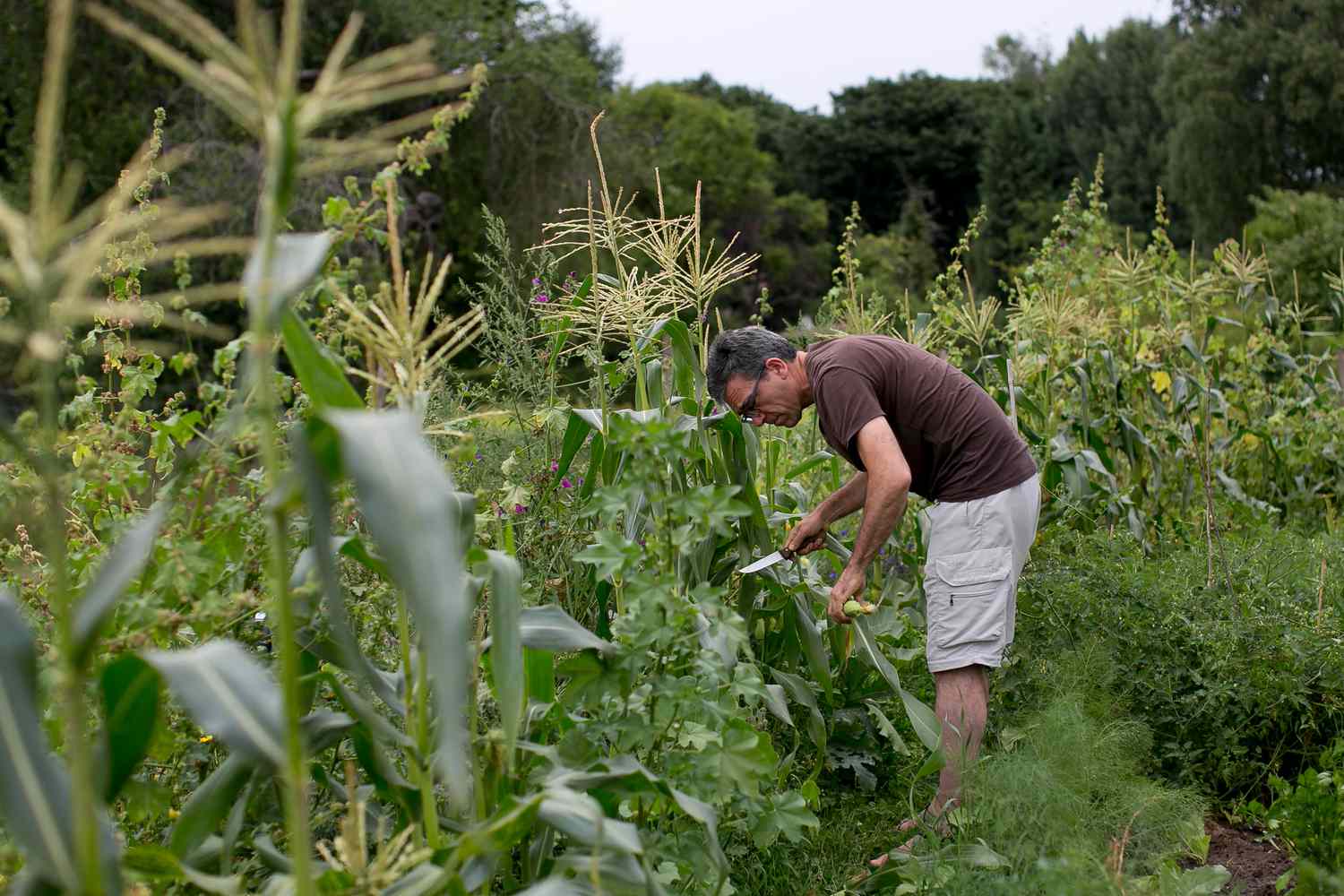
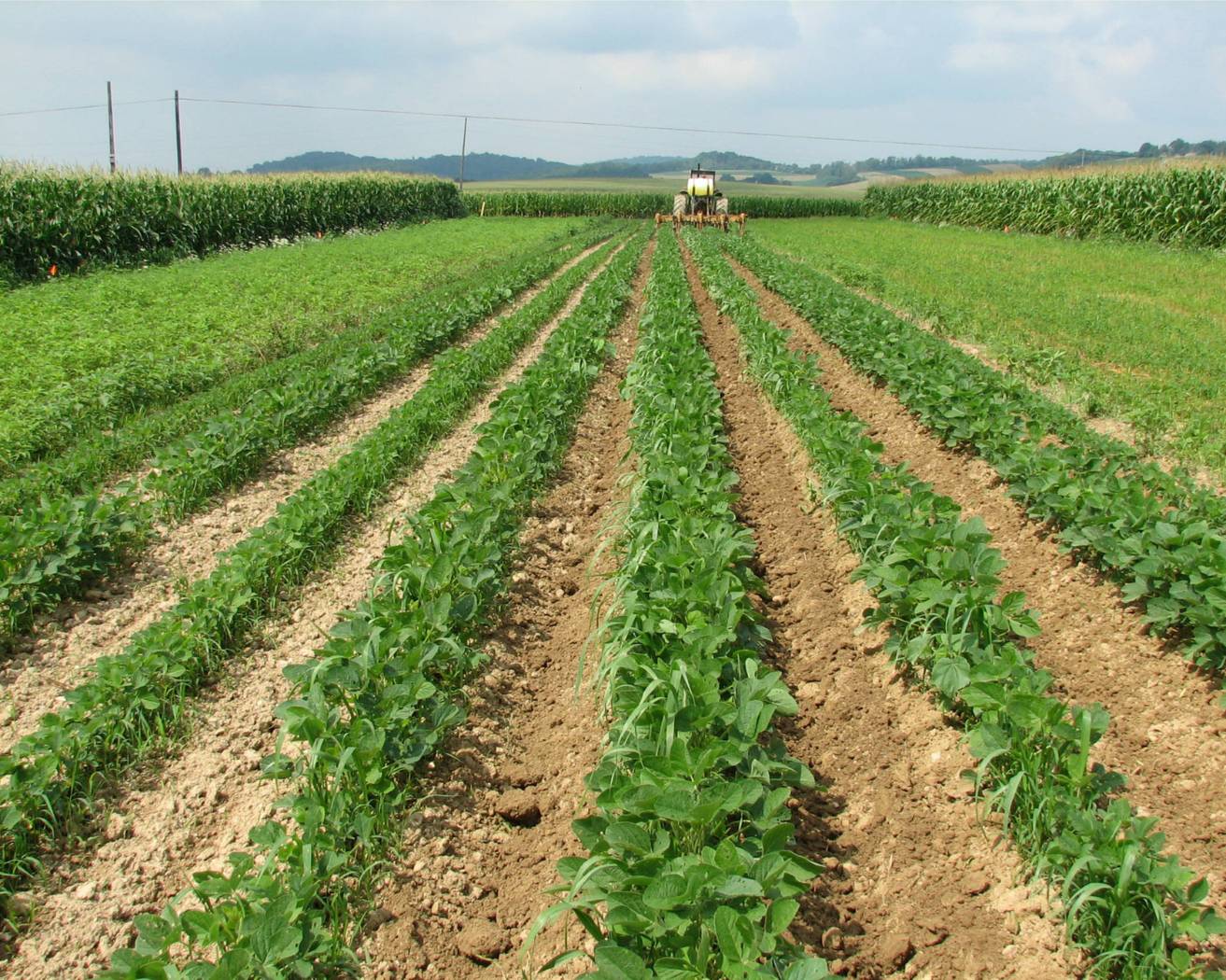


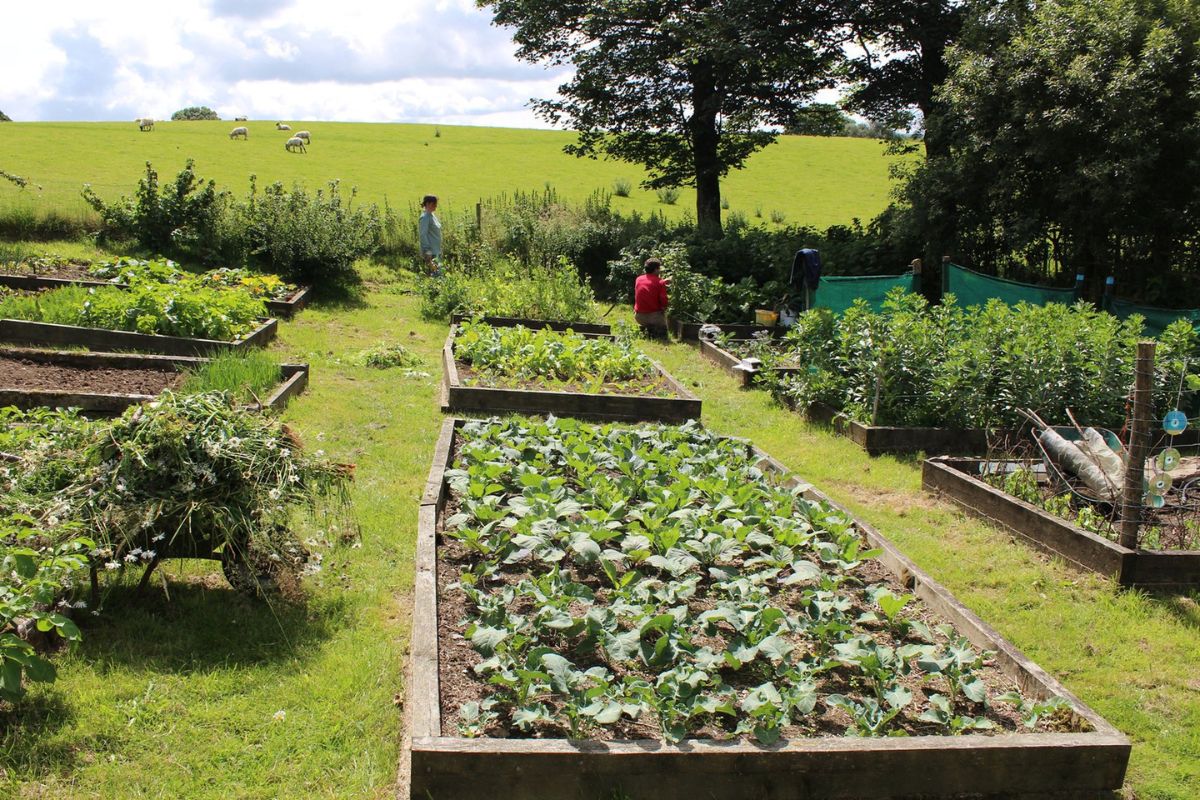
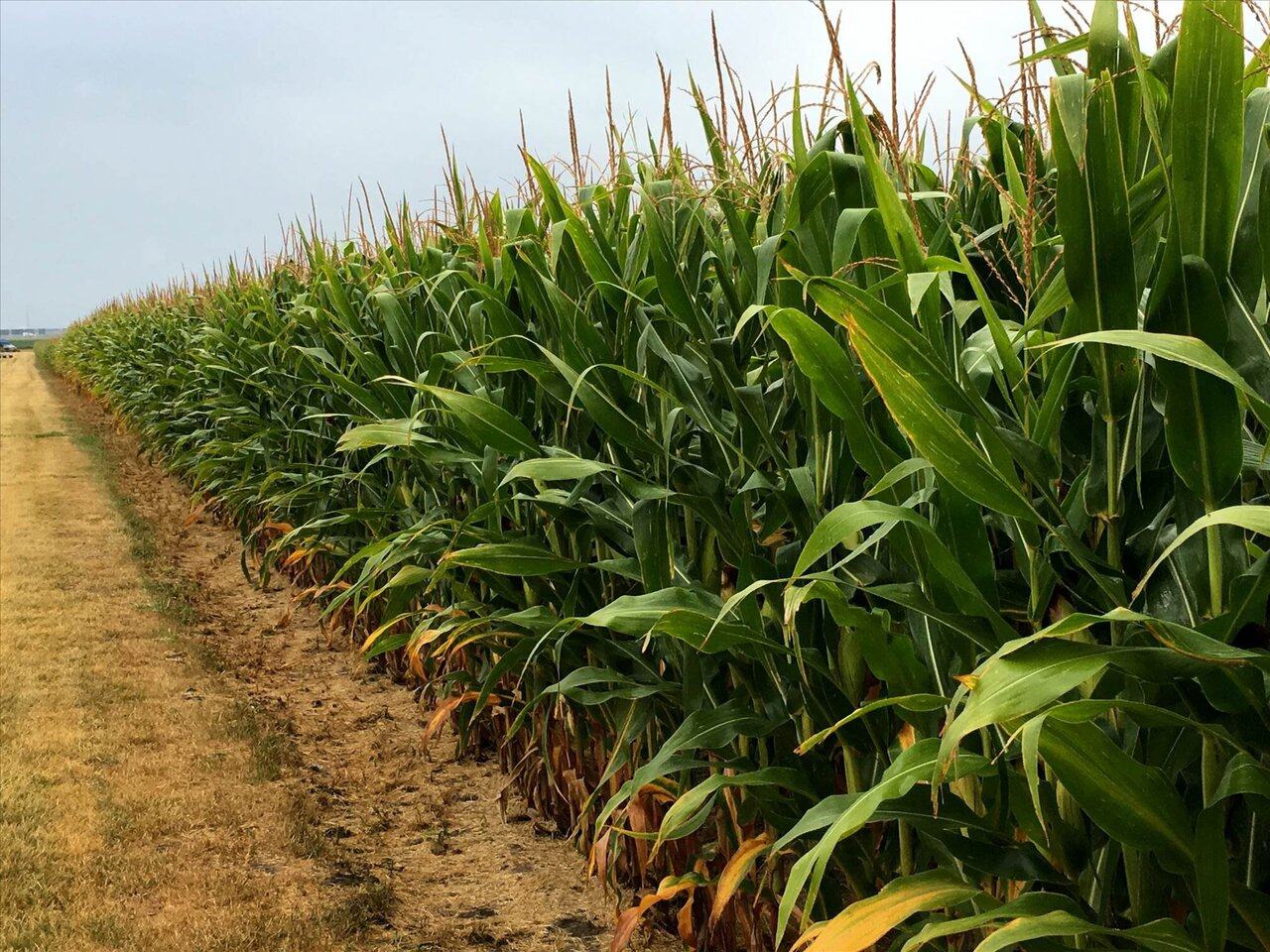

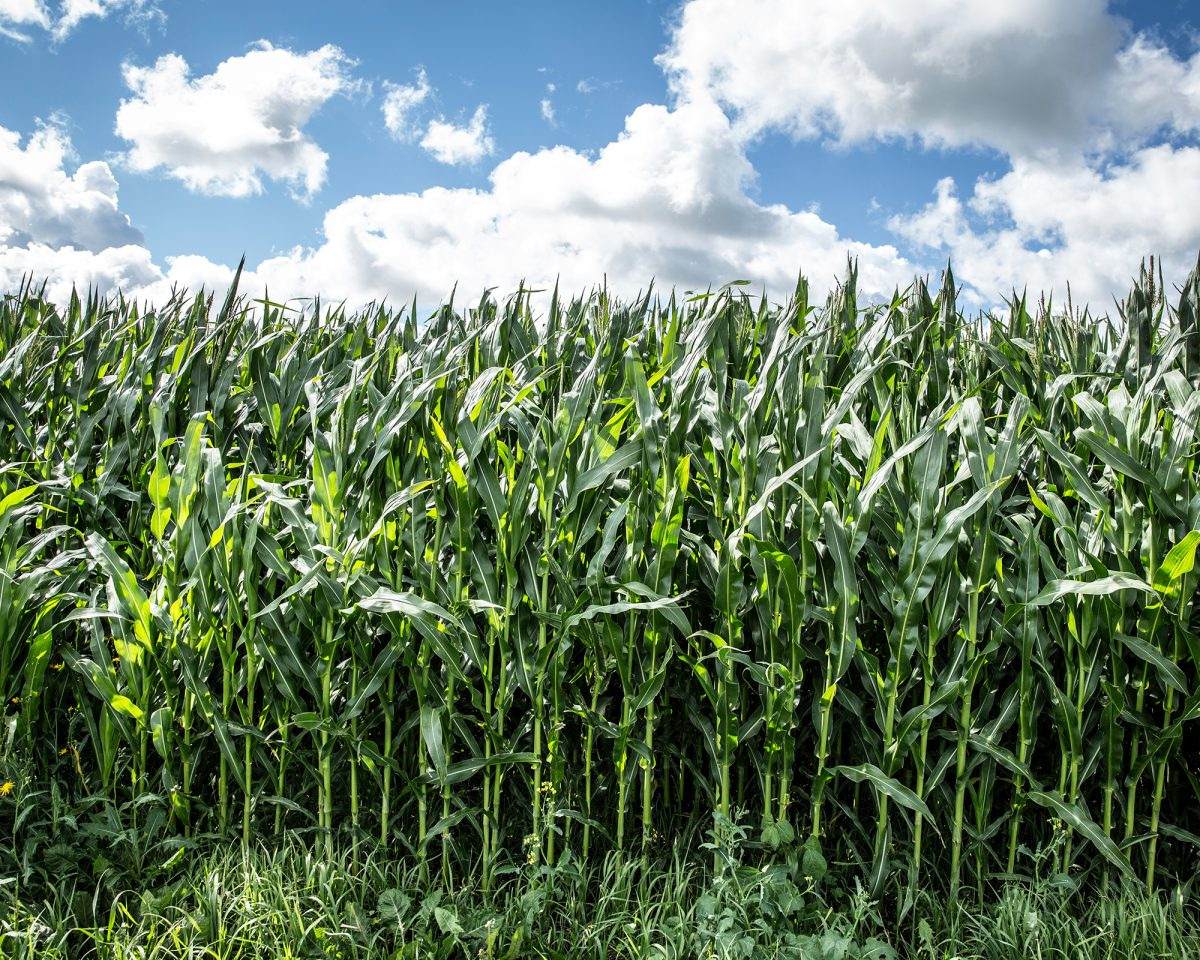
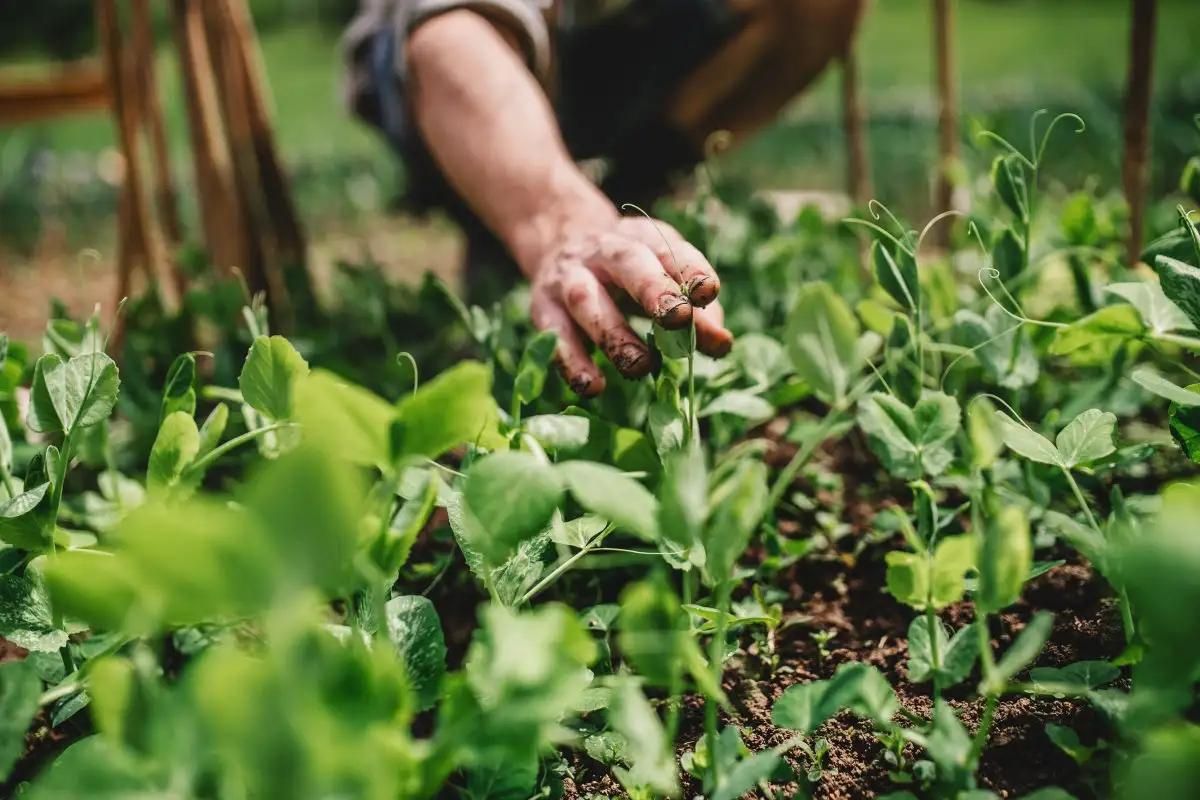

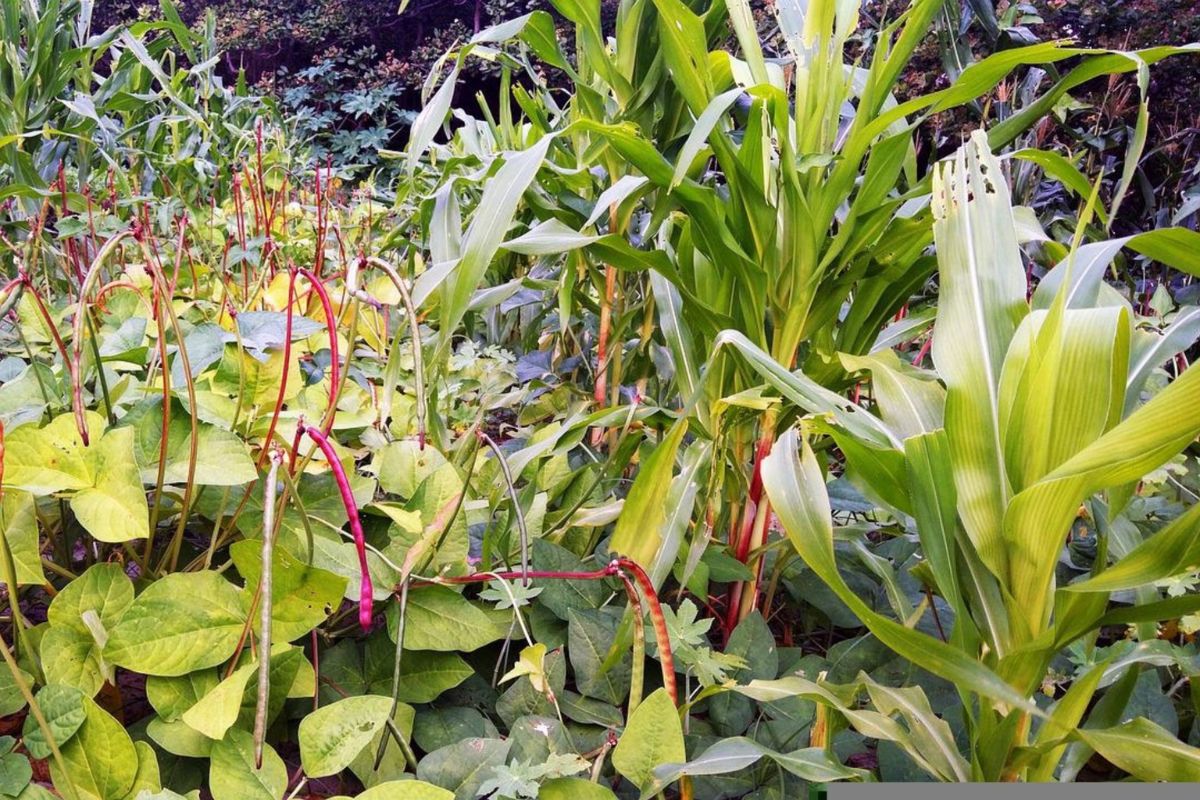
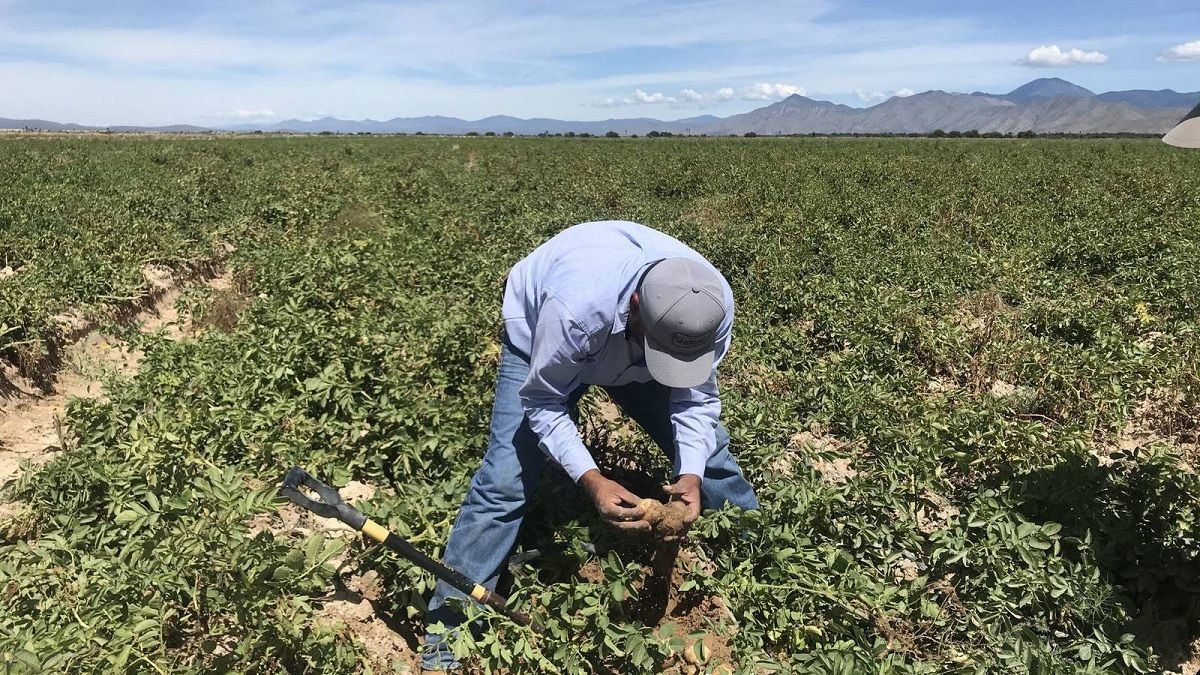

0 thoughts on “What Indian Group Practiced Crop Rotation”